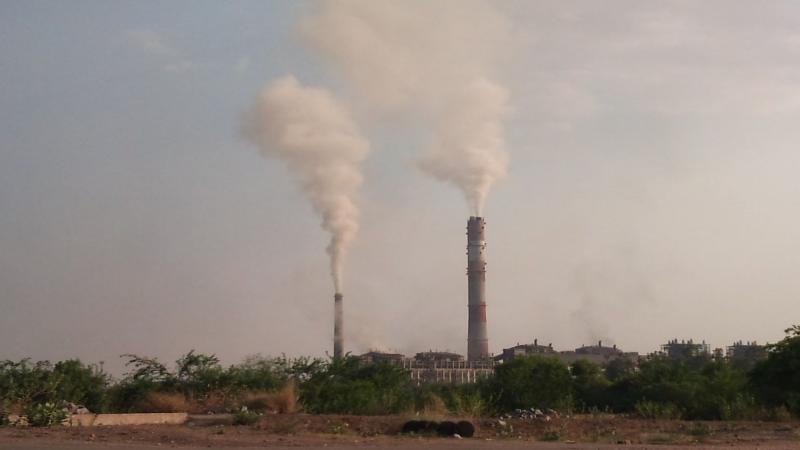
Did you know that the leading cause of death in the world is not wars or famines but cardiovascular diseases? Yes, and worse still, we haven't fully understood what causes these ailments. Researchers believe it to be a mix of genetic factors, lifestyle changes, diet and environmental factors like air pollution, noise and our neighbourhood. In recent years, cases of high blood pressure and hypertension, which directly contribute to heart diseases, have increased, and those living in low and middle-income countries are the most vulnerable. In 2015, of all 1.1 billion adults with high blood pressure, an estimated 44% lived in South and East Asia and 18% in India.
Previous studies have indicated a positive correlation between blood pressure and long-term exposure to tiny particulate matter present in the air. However, they are limited to high-income countries, and their findings cannot be extrapolated to low and middle-income countries such as India. In these countries, there are significant differences in the genes, lifestyle and environment compared to high-income countries. A recent study, published in the journal Epidemiology, aims to fill this gap by examining associations between long-term exposure to ambient particulate air pollution, and prevalence of hypertension in adults from peri-urban India.
"In low and middle-income countries, women are exposed to air pollution from the use of biomass cooking fuel in addition to outdoor air pollution. We estimated this exposure using a novel model," says Dr Cathryn Tonne from the Barcelona Institute for Global Health, who is the lead author of the study.
The study was conducted as a part of the Cardiovascular Health Effects of Air Pollution in Andhra Pradesh, India (CHAI) project. It examined 5,531 participants living across 28 villages around Hyderabad. The participants were surveyed to determine their lifestyles, socioeconomic status, and household aspects like the type of cooking fuel generally used. The researchers then measured the systolic and diastolic blood pressure of participants and estimated their exposure to fine particulate matter (PM2.5).
The study found that the annual average of ambient PM2.5 around Hyderabad was 33μg/m³—significantly more than the limit of 10μg/m³ set by the World Health Organisation (WHO). The results reveal that an increase in 1μg/m3 in this value causes significantly higher systolic blood pressure in women.
"This increase is equivalent to what we would see for a three-year increase in age among women," explains Dr Tonne.
Previous studies had shown that women cooking with solid fuels had higher blood pressure. However, the results of this study show it to be independent of the cooking fuels used. This finding indicates that the effects of outdoor air pollution are independent of those of indoor air pollution in those who participated in the study.
The association of blood pressure with the particulate matter was found to be weaker for men. The study found that 1μg/m3 increase in PM2.5 caused only 0.52 mmHg increase in systolic blood pressure. Dr Tonne opines that their research might be underestimating this effect on men as it does not consider their exposure to air pollution in their workplace.
While the study considers a wide range of potential individual and household factors, the researchers say they cannot rule out the possibility of unmeasured contributing factors to the observations. Also, the study is limited in the sense that the relationship between air pollution and blood pressure has been examined at only one point in time.
"Ideally, we would like to follow up on the study participants over several years and see how past air pollution exposure influences blood pressure levels over time," says Dr Tonne.
This positive association between heart disease and air pollution strengthens the urgent need to call for public policies aimed at mitigating air pollution. Efforts made at the central, state and local levels, as well as in private-sector, can contribute enormously in making a difference in public health and thus contribute to a better nation.
This article has been run past the researchers, whose work is covered, to ensure accuracy.





